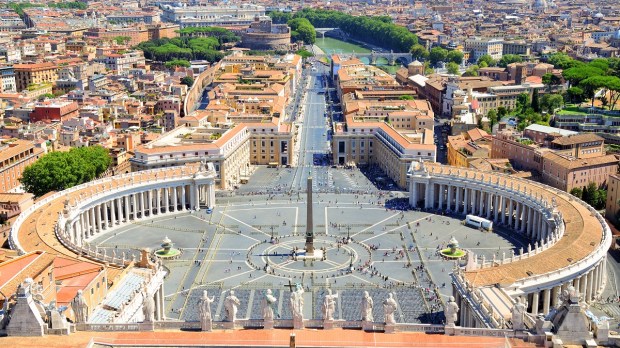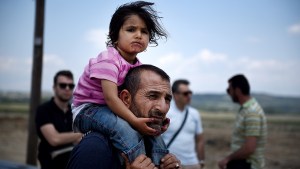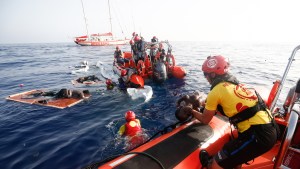The Vatican welcomed about 100 refugees from Afghanistan to Rome on Thursday. The incoming group will be placed with Italian families as part of the Humanitarian Corridors initiative, which draws support from Italy’s government, Catholic and Evangelical churches, and the Community of Sant’Egidio, among other groups.
Vatican News reports that half of the incoming group will be in the care of Caritas Italiana, the charitable arm of the Italian bishops’ conference. The remaining refugees will be under the care of the Federation of Evangelical Churches in Italy, with the Community of Sant’Egidio taking in one family.
This is not the first group to have benefitted from the charitable work of the Humanitarian Corridors initiative. In November, Vatican News reported a group of 152 Afghan refugees having been taken in by the supporting organizations. The refugees are aided in a variety of ways by the program, which helps them find housing, enroll children in schools, teach adults the Italian language, and find employment.
As of November, the Humanitarian Corridors initiative has aided an estimated 5,300 refugees from the Middle East to enter Europe. This is on top of an estimated 1,800 Ukrainian citizens who have been taken in by Sant’Egidio in various European countries.
The initiative has been praised by Pope Francis as it creates a means of passage that will allow refugees to avoid the dangerous boat trips across the Mediterranean Sea, which the Pope has referred to as “Europe’s largest cemetery.” On Sunday, he prayed for another group of migrants who died off the Calabrian coast near Crotone, Italy, on the night of February 25-26. At least 59 migrants, including 12 children (one a tiny baby), were killed in the shipwreck.
A model for other countries
Vatican News spoke with Laura Stopponi, a representative of Caritas Italiana, about the Humanitarian Corridors project, who suggested that it could be used as a model for other European nations to lend aid to those Christians who live in areas of persecution:
“We think that they are a model, in a sense: instead of making these people travel for a long time and risk their lives in hands of criminals, this could be really a good way to bring people here that have the right to have asylum, because they are coming from a situation of war.”
The works of Humanitarian Corridors and the experiences of the refugees whom they serve are documented by the organization Human Lines, a part of The University of Notre Dame’s Kellogg Institute for International Studies. Visit the site, available in both Italian and English, to read testimonials from refugees who have found their way to Europe thanks to the help of Humanitarian Corridors.



